There’s a quiet, entirely missable moment in Lost Records: Bloom & Rage that breaks my heart. It’s a summer morning in 1995. Swann Holloway, the game’s 16-year-old heroine, is looking for her local video store’s copy of The Dark Crystal. She’s located the rental’s white plastic clamshell case, but it’s empty. As you scour the room for the missing VHS tape, there are all sorts of ’90s tchotchkes — off-brand Troll dolls, a logo-free Tamagotchi — but the item that most struck me wasn’t something Swann wanted to display. It was a crumpled up piece of paper on the floor.
“It Was Stupid To Try…”
Emboldened by the nosiness that comes with being the player, I un-crumpled it. The wrinkly sheet turned out to be a flyer advertising try-outs for her school’s synchro and swim team. “It was stupid to try…” is all she has to say.
Just writing that out gets me kinda teary eyed. With just one image and a single line, developer Don’t Nod paints an entire arc. You can imagine Swann’s fear that she might not be good enough to make the team, giving way to hope that, hey, if she puts herself out there, maybe she’ll surprise herself. But the crumpled paper tells us it didn’t work out that way and Swann’s negative self-talk about it tells us that she learned a sad, self-defeating lesson from the experience — one that may take a long time to unlearn.
This plays into how Swann repeatedly shows she sees herself as too chubby and awkward to be worthwhile. These feelings are unintentionally reinforced by her mother. The first scene in the game is a phone conversation with her mother and the older woman keeps nagging at Swann, pressuring her to come for Christmas — though it’s clear her mother doesn’t make the effort to visit her. No matter how you play the conversation, Swann concludes “That was exhausting,” once you hang up.
That difficult relationship is present in the 1995 timeline, too, as Swann’s mother — who we never see in Tape 1 — is a constant presence, exclusively communicating through shouts up to Swann’s room. Even when they lived in the same house, the game shows us, her mom wasn’t willing to meet her where she was.
’90s Diet Culture Was Brutal
There’s some positivity to their relationship, as Swann says a quick, sincere, “Thanks mom,” when she finds a snack bar her mom has left for her in her room. But we get the sense that her mother’s form of love can be suffocating, and informed by her own restricting ideas about what a woman should look like. There’s a scale under Swann’s bed that she says was a gift from her mom, though “she never forced me to go on one of her weird diets at least…” When she’s packing snacks for a night out with her friends, she comments that her mom didn’t give her the healthy snacks, like she normally would. We repeatedly get the sense that Swann isn’t happy with her body, and that her mom has played a part in shaping how she sees herself.
All of this resonates for me. The ’90s setting makes it warmly nostalgic — I was born a year before the game takes place — but the specifics of Swann’s insecurities are what remind me of my own childhood. As a kid, my weight fluctuated. I was chubby in middle school, skinny through most of high school, then started to gain weight again during my senior year.
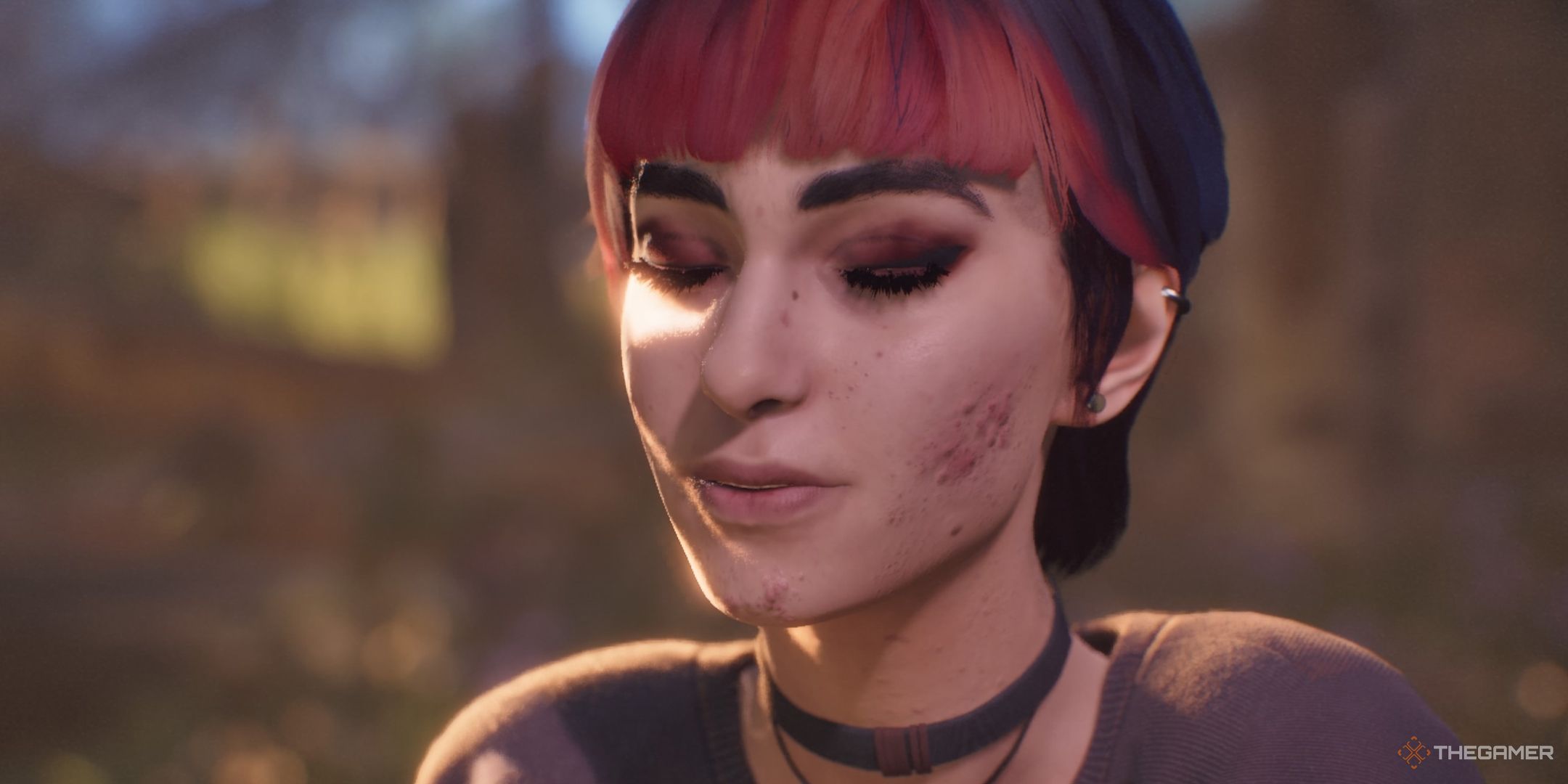
Related
Lost Records: Bloom & Rage Has Great Acne
Don’t Nod captures what it actually looks like to be a teenager.
When I look back at pictures from my sophomore year of high school, I see that I was rail thin. At the time, I felt fat and gross. Some friends pressured me into doing cross country that year, and I was awful at it (like, came in last place at a meet awful) and being so slow reinforced that idea about myself. Unlike Swann’s school, my tiny charter school didn’t have tryouts, so I was free to sink or swim.
My relationship with my parents is better than Swann’s seems to be. But my own weight issues are genetic and, growing up in the ’90s and ’00s, that meant there were a lot of diet books around my house, persistent ads for weight loss programs on TV, and the same old unrealistic body standards in movies and TV. You can’t help but be shaped by that and, if you can’t change to meet those standards, it leaves you feeling like you aren’t good enough.
To borrow a phrase from David Foster Wallace, this is water. The culture around you is as unremarkable to you as water would be to fish swimming in it. It just is. And when I look at Swann, I see someone attempting to stay afloat in the same currents that defined my young adult life. It may be tough to make it through it, but it isn’t stupid to try. It’s the only way forward.
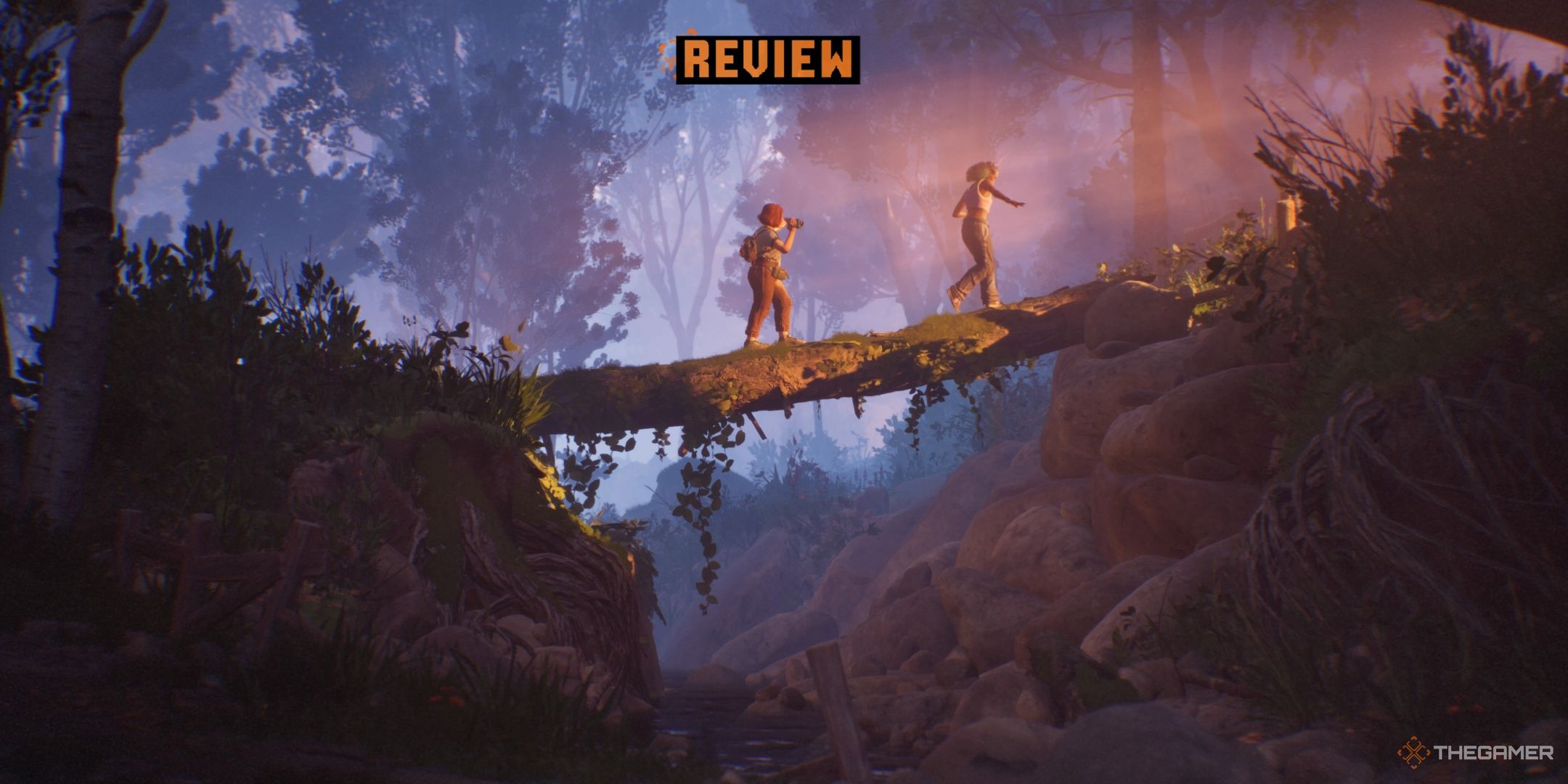
Next
Lost Records: Bloom & Rage – Tape 1 Review: Windows To ’95
Don’t Nod’s ’90s-themed return to adventure games is more than nostalgia bait.
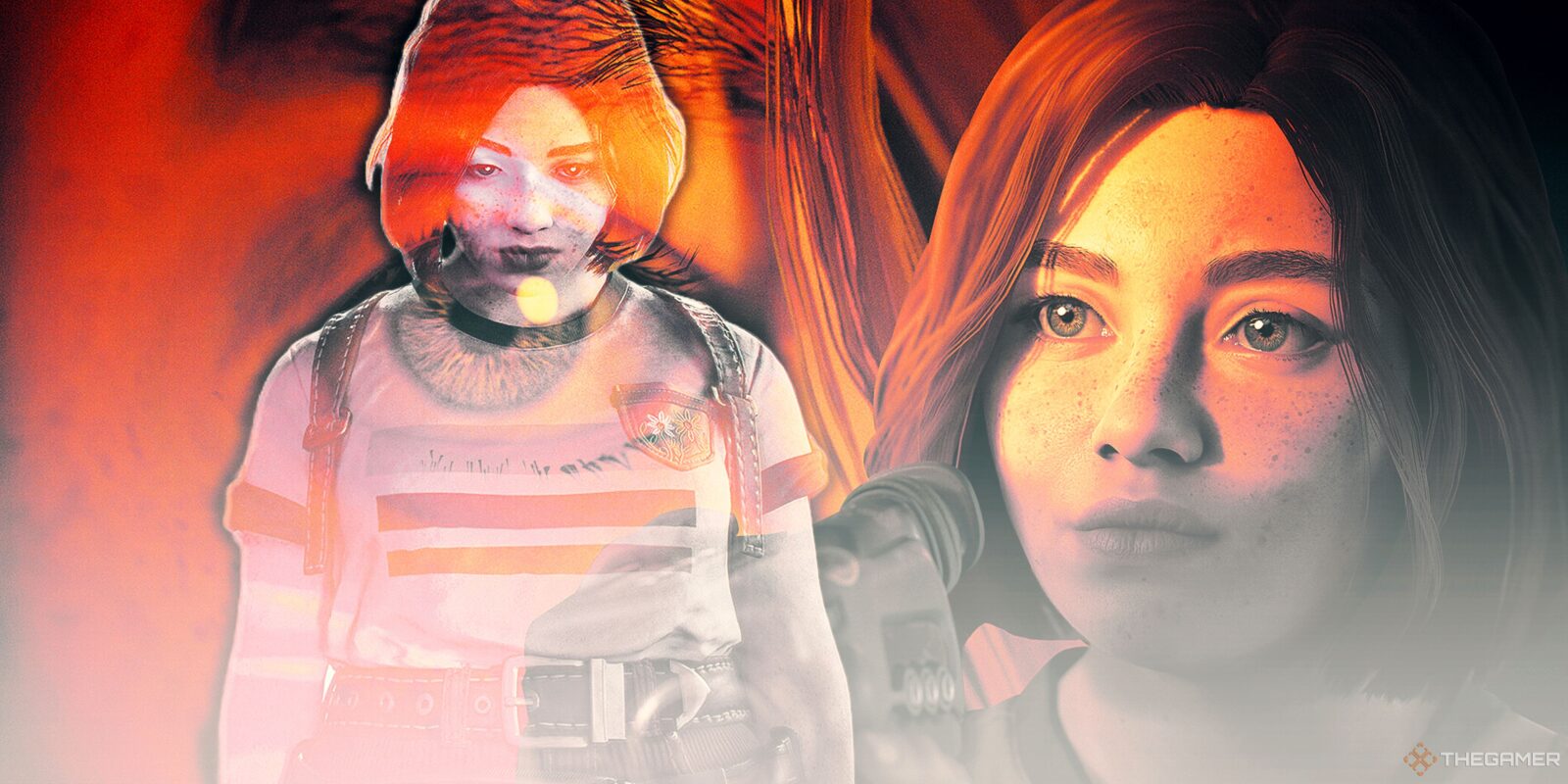

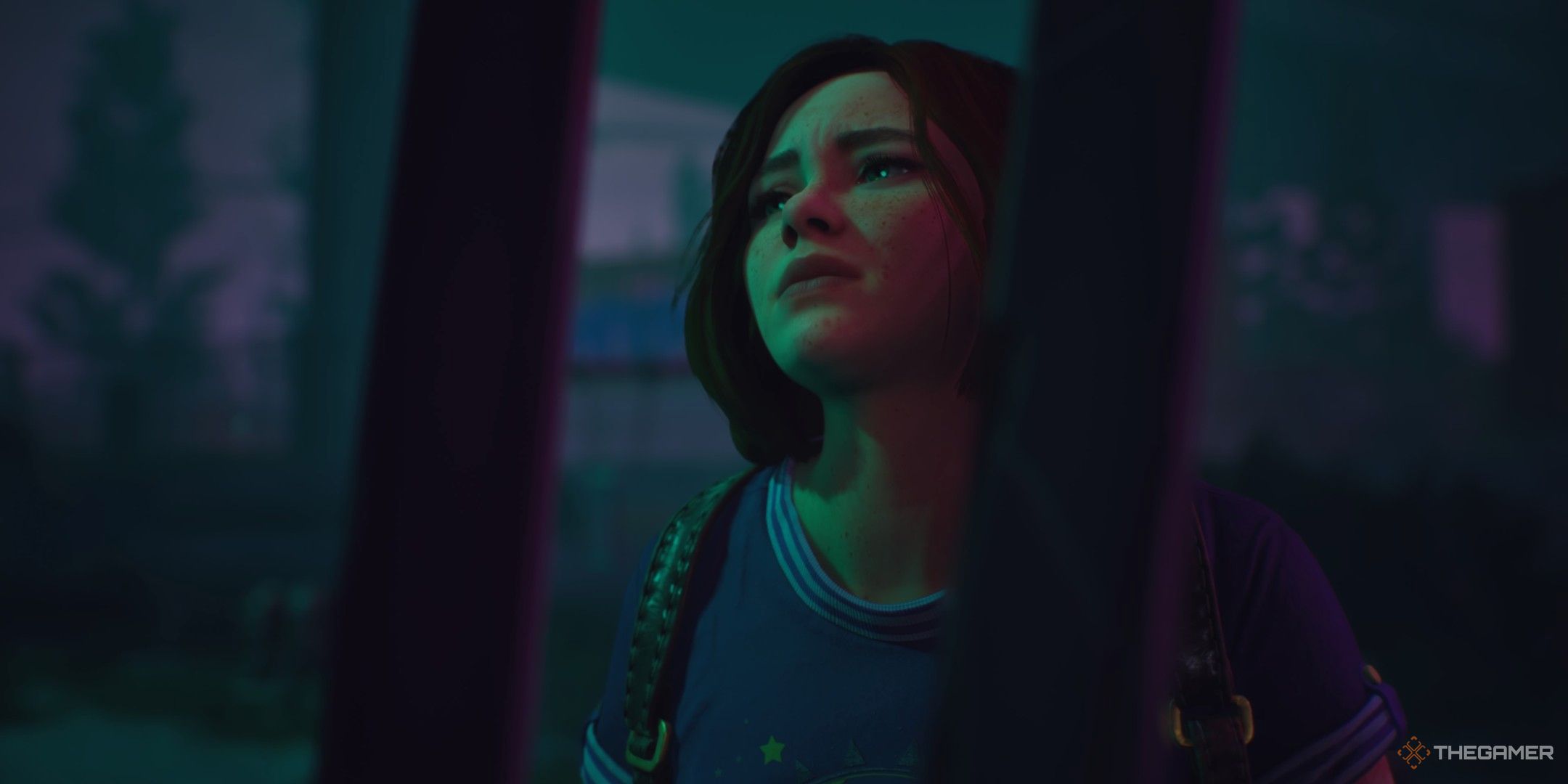
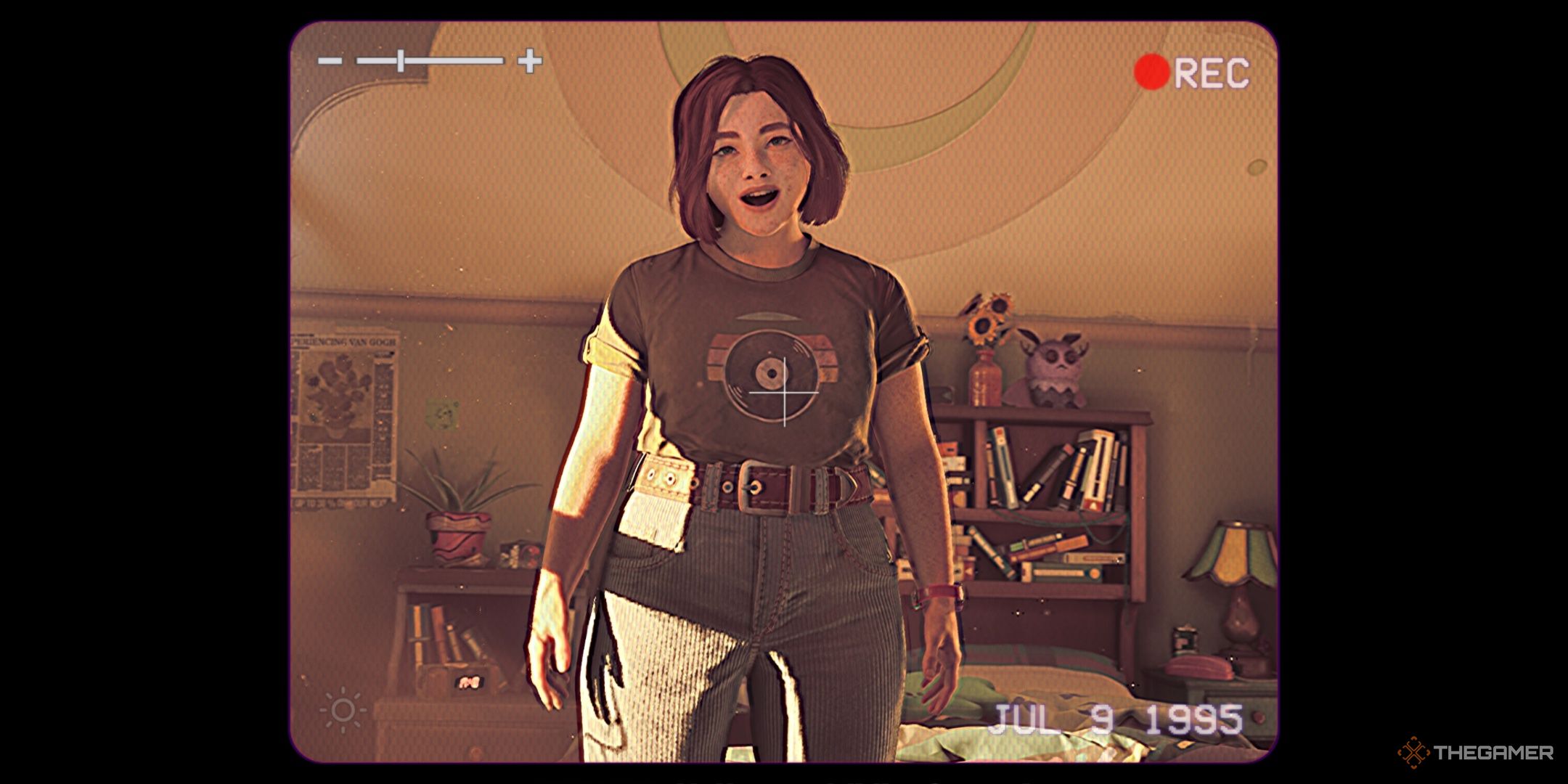
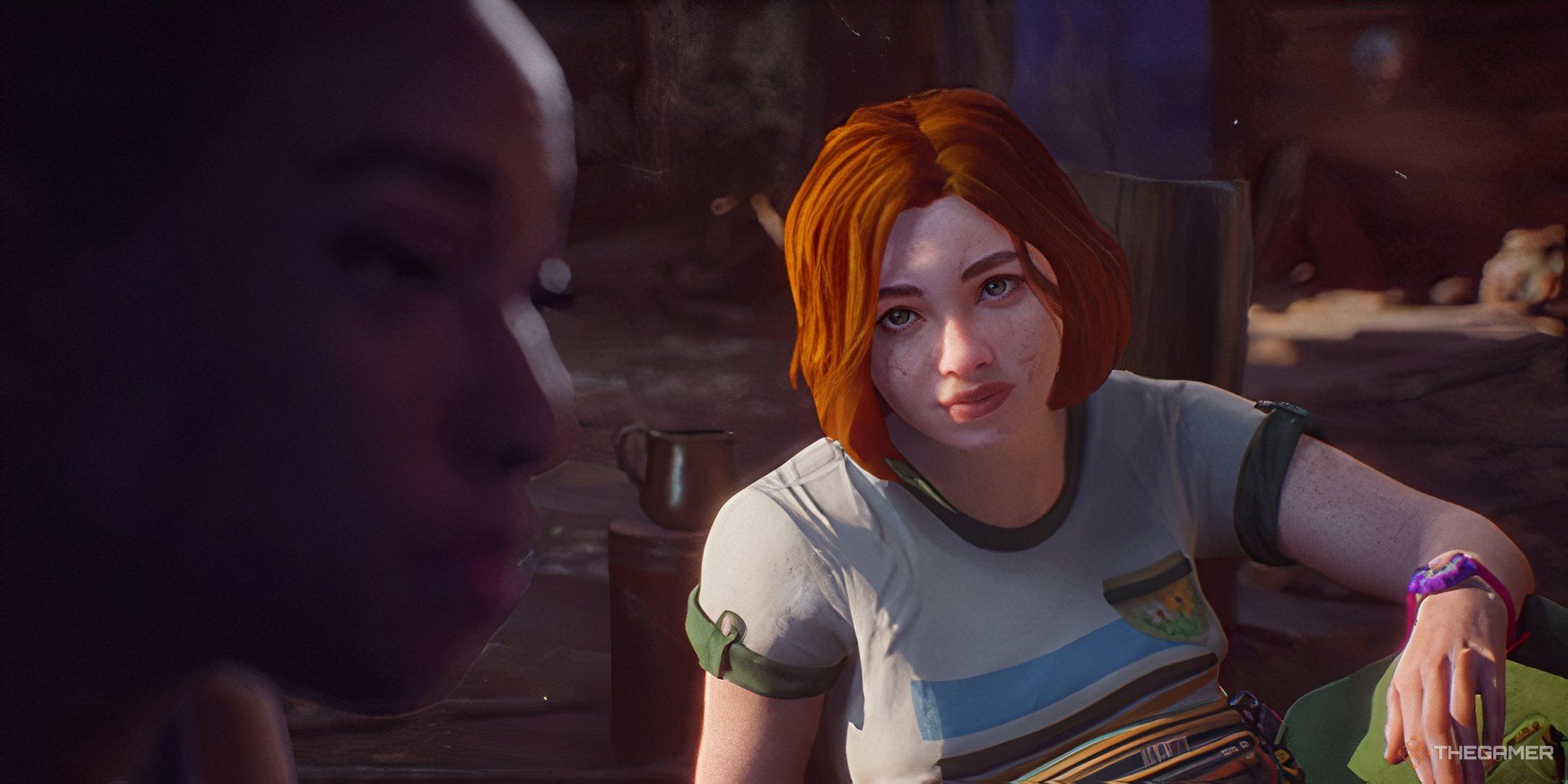
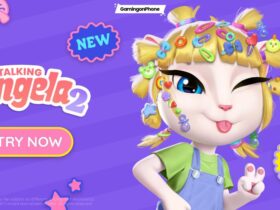
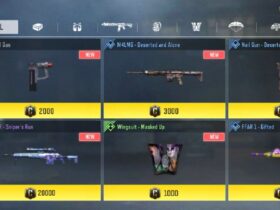



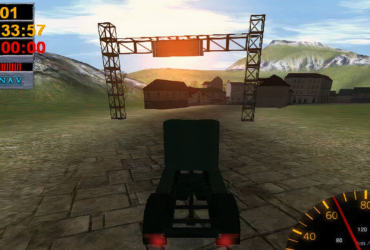
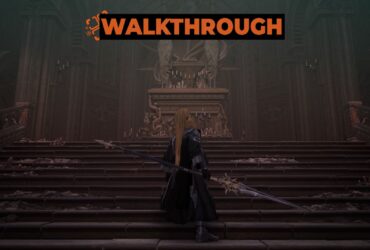
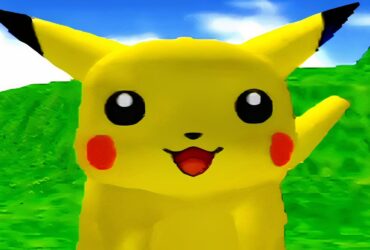
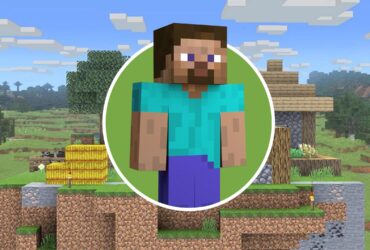
Leave a Reply